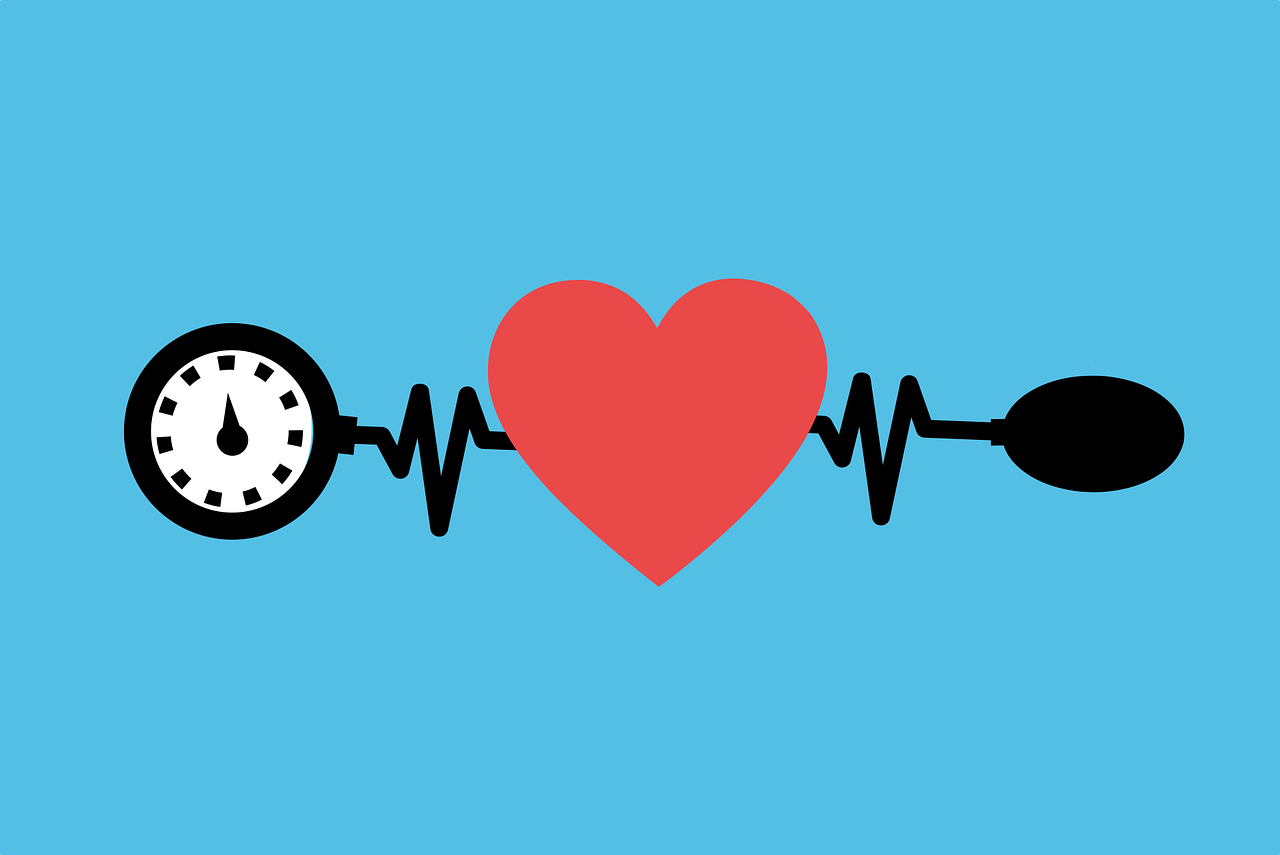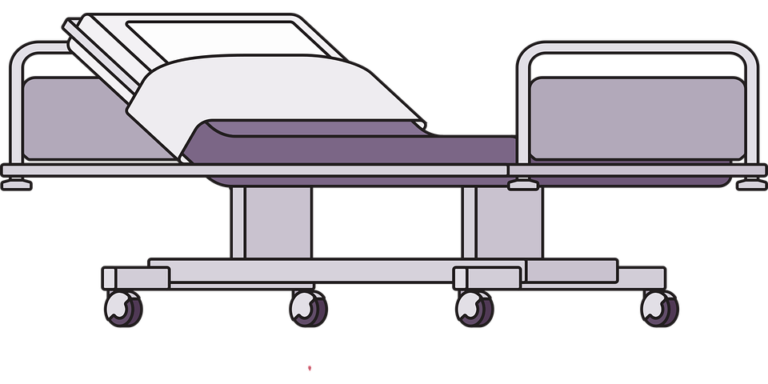Book Appointment Now

Hypertensive Patients’ Education and Evidence-Based Care
Hypertension, commonly referred to as high blood pressure, is a chronic condition affecting millions of individuals worldwide and is a leading cause of cardiovascular complications. Effective management of hypertension relies heavily on patient adherence to prescribed treatments, including medication, lifestyle modifications, and dietary changes. However, many hypertensive patients struggle to follow treatment protocols, increasing their risk of severe complications such as stroke, heart attack, and kidney disease (World Health Organization [WHO], 2021). This paper examines the role of educational protocols and counseling sessions in addressing noncompliance among hypertensive patients. Using evidence-based care principles and the PICOT framework, this study explores how structured patient education can improve adherence and health outcomes.
Get a custom paper help about hypertensive patients’ education and EBP
Order Custom Nursing Paper
Theoretical Framework of Reference
The educational protocols and counseling sessions for hypertensive patients are informed by several theoretical models that guide behavior change and self-management.
The Health Belief Model (HBM) emphasizes the importance of patients’ perceptions of the severity of hypertension, their susceptibility to complications, and the benefits of adhering to treatment plans (Champion & Skinner, 2008). By addressing these perceptions, education can motivate behavior change.
The Self-Efficacy Theory by Bandura (1997) highlights the role of confidence in influencing adherence to self-management practices. Patients who believe they can manage their hypertension effectively are more likely to engage in blood pressure monitoring, dietary changes, and medication adherence.
The Chronic Care Model (CCM) provides a broader framework for integrating patient education into chronic disease management. This model emphasizes collaborative care, informed patients, and supportive systems to enhance outcomes for hypertensive individuals (Wagner et al., 2001).
PICOT Framework and Hypertension Education
The PICOT question guiding this research is:
In hypertensive patients who fail to follow treatment protocols (P), does an educational protocol combined with counseling sessions (I), compared to usual care alone (C), improve adherence to treatment rules and reduce blood pressure levels (O) over three months (T)?
Benefits of Educational Protocols for Hypertensive Patients
Evidence suggests that patient education significantly improves treatment adherence and health outcomes for hypertensive patients.
Improved Medication Adherence: Educational protocols help patients understand the importance of their prescribed medications, including how they work and why regular use is essential. Studies show that patients receiving education are less likely to miss doses or discontinue treatment (Brown & Bussell, 2011).
Enhanced Self-Management Skills: Education empowers patients to monitor their blood pressure, recognize warning signs, and implement lifestyle modifications, such as reducing sodium intake and increasing physical activity. These skills enable patients to take a proactive role in managing their condition.
Reduced Healthcare Utilization: Patients who follow treatment protocols are less likely to experience hypertensive crises, reducing the need for emergency care and hospitalizations (WHO, 2021).
Increased Quality of Life: By promoting better control of blood pressure, education enhances overall health and reduces anxiety related to disease management.
Evidence-Based Strategies for Hypertensive Patient Education
Educational protocols for hypertensive patients should incorporate evidence-based strategies to address barriers to adherence and promote long-term success.
Personalized Education Plans: Tailoring education to individual needs, including cultural beliefs, literacy levels, and language preferences, ensures that patients understand and retain critical information. Visual aids, simplified instructions, and culturally relevant examples can enhance comprehension.
Counseling Sessions: One-on-one or group counseling sessions provide opportunities to address patients’ concerns, debunk myths, and reinforce the importance of adherence. For example, patients often need counseling to overcome fears about side effects or misconceptions about medication.
Technology Integration: Mobile health (mHealth) tools, such as apps and SMS reminders, can reinforce education by providing daily tips, reminders for medication, and tracking tools for blood pressure readings.
Behavioral Interventions: Motivational interviewing and cognitive-behavioral therapy (CBT) can address psychological barriers, such as denial or low self-efficacy, that hinder adherence to treatment.
Family and Caregiver Involvement: Including family members in education sessions helps create a supportive environment for patients. Caregivers can assist with medication management, dietary changes, and blood pressure monitoring.
Challenges in Implementing Hypertension Education Programs
Despite their benefits, educational protocols face several challenges in implementation.
Health Literacy: Limited health literacy among patients can hinder their ability to understand complex medical information. Simplifying language and using visual aids can address this barrier.
Time Constraints: Healthcare providers often have limited time for patient education during routine visits. Delegating education to nurse educators or using digital tools can help fill this gap.
Resistance to Change: Some patients may be unwilling to modify their lifestyle or distrust medical advice. Building trust and using motivational techniques can encourage participation.
Resource Limitations: Implementing comprehensive education programs requires financial and staffing resources, which may be lacking in some healthcare settings. Partnerships with community organizations can help expand access to education.
Conclusion
Hypertensive Patients’ Education and Evidence-Based Care underscore the importance of structured educational protocols and counseling sessions in addressing noncompliance with treatment rules. Guided by frameworks like the Health Belief Model and the Chronic Care Model, these interventions empower patients to manage their condition effectively, leading to improved adherence, reduced blood pressure levels, and better health outcomes. Despite challenges such as health literacy and resource limitations, targeted strategies like personalized education plans, technology integration, and caregiver involvement can maximize the benefits of education programs. As hypertension continues to affect millions worldwide, adopting evidence-based educational interventions will remain a cornerstone of effective chronic disease management.
References
- Bandura, A. (1997). Self-efficacy: The exercise of control. W.H. Freeman and Company.
- Brown, M. T., & Bussell, J. K. (2011). Medication adherence: WHO cares? Mayo Clinic Proceedings, 86(4), 304-314.
- Champion, V. L., & Skinner, C. S. (2008). The health belief model. Health Behavior and Health Education: Theory, Research, and Practice, 45-65.
- Wagner, E. H., et al. (2001). Improving chronic illness care: Translating evidence into action. Health Affairs, 20(6), 64-78.
- World Health Organization (WHO). (2021). Hypertension: Facts and figures. Retrieved from www.who.int.







